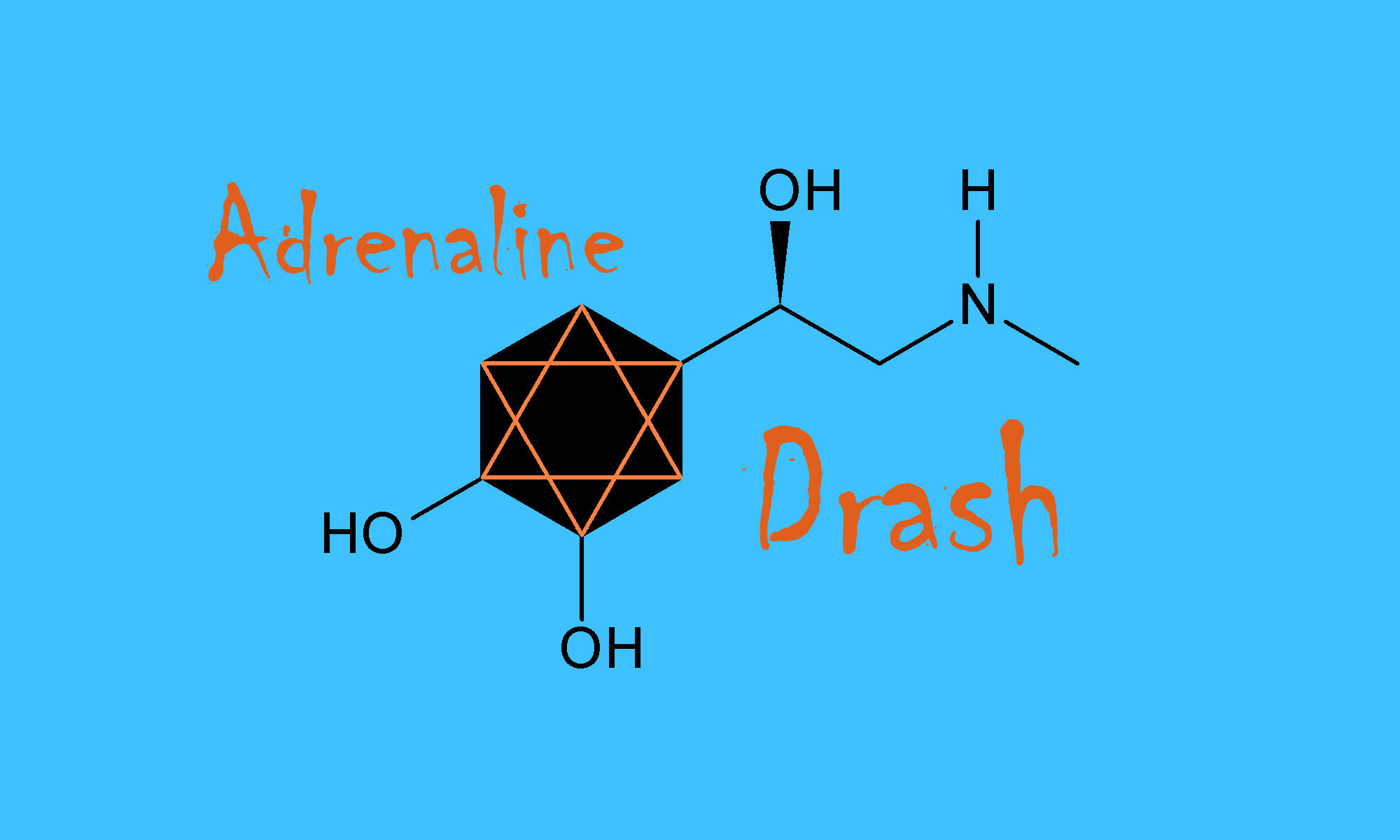 Every year, I read The Tattooed Torah by Marvell Ginsburg to the children of our Religious School.
Every year, I read The Tattooed Torah by Marvell Ginsburg to the children of our Religious School.
“It’s a true story,” I say.
Of course, as a historian, I also know we argue all day about what makes for a “true” story. We can argue about what the word “truth” really means. But any story can tell a truth. This one does.
The Tattooed Torah is based on a rare thing: A genuine piece of redemptive history.
Almost half a century ago, two trucks rolled up to the Westminster Synagogue in London, England. They were carrying precious cargo: 1564 Torah scrolls.
The scrolls, confiscated by the Nazis from Jewish communities in Bohemia, Moravia, and Slovakia, had been labeled and cataloged during World War II, each “tattooed” with a number. Jews of Prague were first forced to sort and pack up the collection for the Reich. Once finished with the labor, those same Jews were sent to concentration camps and murdered.
After the war, the Torahs were rediscovered and eventually donated to the Westminster Synagogue. Over the years, the scrolls were painstakingly restored and allocated on permanent loan to newly established synagogues, retirement homes, hospitals, and youth groups around the world.
The Tattooed Torah tells the story of just such a Torah – a small one from Brno, Czechoslovakia. In the book, the “Little Torah” is restored, given a new mantle and lovingly presented to the children of an American congregation.
When I tell this story to our schoolchildren, it never fails: One of the children shyly raises a hand.
“I wish we had a Little Torah,” she (or he) says.
This spring, I found something as close as I could get and our congregation could afford – the Five Books of Moses printed on paper made to look like parchment, rolled on two decorated posts, and given an embroidered mantle just like a real scroll. Our Little Torah would be about 14 inches long. It came with a small yad (pointer) and a miniature breastplate.
I ordered. Admittedly, I was rather nonplussed when I unpacked the little Torah. It had been wrapped in newspaper. The headline that wound around the Torah (in bright pink letters): “Sex and the Modern Woman.” Above the headline was the teaser: “Bold female-oriented erotica breaks out of its brown paper wrapping.”
I had to laugh. My students come into my classes thinking that biblical scripture is a made of stories about ancient ancestor-heroes, lots of fuddy-duddy laws about skin diseases, and religious poetry punctuated by plenty of “thee’s” and “thou’s.” Maybe they are aware that the Song of Songs is replete with sexual imagery, but if so, it is regarded as an anomaly.
They find out otherwise. In Proverbs 8:30, for example, Lady Wisdom tells the reader that before the world was created, she was daily God’s “delight.” (Trust me, the word translated as “delight” has erotic overtones.) In Genesis 18:12, Sarah laughs at the idea that her elderly husband could possibly, um, offer her sexual pleasure at his advanced age.
The Torah was and remains, above all, a human creation, a human thing. So having a Bible wrapped in an article about women’s erotica seemed oddly apropos of the human experiment as a whole: Messy, unpredictable, flawed, and funny.
Nevertheless, I rewrapped the Torah in a nice, soft cloth, and brought it to Religious School last Sunday. The children were, in a word, thrilled. Noah immediately asked me if he could take Little Torah to school. Evan suggested that the kids use cones to make finials for the posts. Leta took the pointer and read from the print as if she were practicing for her bat mitzvah this August. John asked if the Religious School could make an ark for Little Torah. Everyone practiced hagbah, lifting the Torah high overhead for the congregation to see.
The kids took turns carrying Little Torah around the room while the rest sang Al Shlosha D’varim. They decided that every Torah service could now include children as well as adults carrying a Torah. We even tried out a novel idea: What if, while I was chanting from the big Torah, one of our older students pointed to the very same passage in little Torah at the side of the leyning table?
I drove home thinking of the original Little Torah of the story, of her tattoos and the marks she bore of a time of destruction and loss. I thought about the way I had become part of a determined effort to help Jews and Judaism – at least in some small way – thrive again. I thought about the way our children cared to hold their heritage in their arms.
It made for a nice story. A true one, too.
